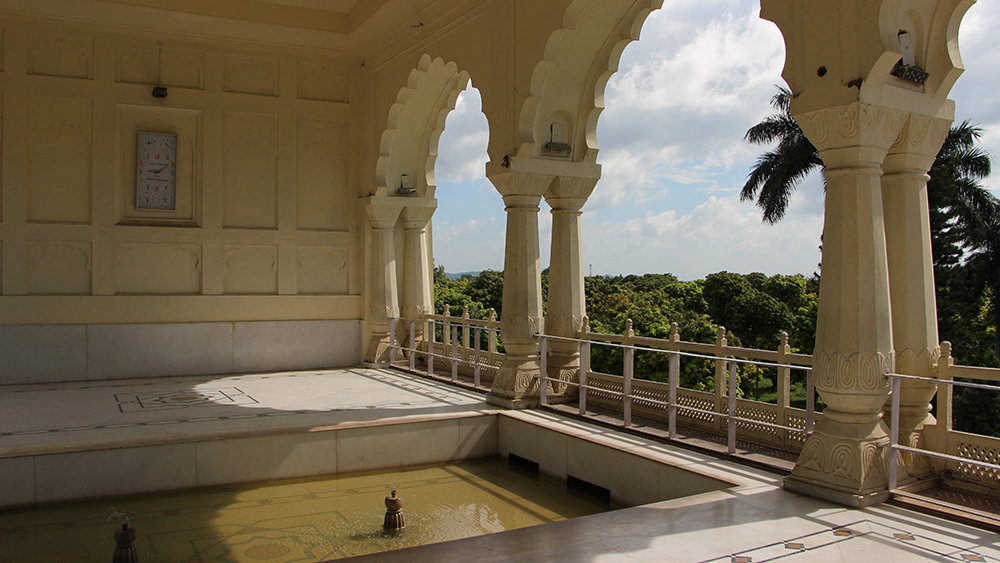Chandigarh 4 (of 4): Pinjore Yadavindra Mughal garden design
Corbusier visited Pinjore’s Mughal Garden when working on the design of Chandigarh – and it is a pity he did not learn more from the experience. Corbusier could also have read Constance Villiers-Stuart’s account of the Pinjore garden (in The Gardens of the Great Mughals) – as Edwin Lutyens did when working on the design of New Delhi. Villiers-Stuart’s book was published in 1913 and this video, marking its 100th anniversary was shot in 2013 (not 2014, as stated in the video). Her book is regarded as the first serious study of Indian garden design. She loved India and she loved its gardens.
Unlike Chandigarh’s Capitol, Pinjore Gardens are very well adapted to the local vegetation, the local climate and local patterns of open space use. The design is attributed to the Emperor Aurangzeb’s foster brother, Fidai Khan.
The name of Pinjore Gardens was changed to Yadavindra Gardens, presumably in honour of a great local leader: Yadvinder Singh Mahendra Bahadur (1913-1974) who was Maharaja of Patiala from 1938 to 1974.
Four posts re Chandigarh urban planning, landscape architecture and garden design
- Chandigarh 1 (of 4): Le Corbusier’s urban design and planning
- Chandigarh 2 (of 4): The landscape architecture of Le Corbusier’s Capitol Complex
- Chandigarh 3 (of 4): The garden design of Nek Chand’s Illegal Rock Garden
- Chandigarh 4 (of 4): Pinjore Yadavindra Mughal garden design

